TEACHING:
AN INTRODUCTION TO
SANDY STONE'S PEDAGOGY
If you are thinking of coming to UT to work with me, read this.
Understanding what I do
Think of it as Digital Arts or Transmedia. But that's just a phrase, and not even a good one. Occasionally there are naming races among people who do similar things, and a gazillion names are springing up -- digital media, digital arts, intermedia, transmedia, convergent media, transvergent media, etc., etc. -- since the people who began this stuff (maybe I'm one of them, depending on who's counting) started doing it in the early XXth Century. You can call it whatever you want. For me it means doing new things with old (and new) tools.
We use a lot of digital stuff, but I'm not head over heels in love with the catchword "digital", except as digital equipment enables new forms of creativity. Digital is lovely and highly seductive, like tulips in the 1600s. Creativity, on the other hand, is unruly by nature and unsettling while in progress. My focus is primarily on creativity and secondarily on technology, on circuit bending rather than using prepackaged devices, on ripping up technology, reassembling it in unfamiliar forms, and making it do unexpected things.
A quote from Nicholas Negroponte, the founder of the Mother of All New Media Programs (The MIT Media Lab) and CEO of the One Laptop Per Child initiative, may be helpful here:
"One of the saddest
but most common conditions in schools is the students are
being trained to use Word, Excel, and PowerPoint. I
consider that criminal, because children should be making things,
communicating, exploring, sharing, not running office automation
tools."
When the Yale School of Architecture asked what we called our discipline, the class sat down and wrote random syllables on pieces of paper. We put those in a box and shook it up, to the accompaniment of tribal noises. I drew two slips out of the box, and on the basis of that I went to New Haven and told them what we did was called Fu Qui.
I've designed a program and a space. That, in a nutshell, is my pedagogy. Collectively, it's called the actlab. The actlab is a moving target, defined by the students, the TAs, me, and people we call repeat offenders -- students who have taken more than one actlab class and can help newbies understand the unusual expectations we have for them. Currently the symbol we use for the actlab is an umbrella. To get a better idea of the significance of the umbrella, and for a potted description of the theory and pedagogy of the actlab, read Under the Radar. (To purchase umbrella swag, go to the ACTLab TV store.) I was invited to write Under the Radar for the ISEA (Inter Society for the Electronic Arts) publication Switch as a thought piece for their 2006 conference in Silicon Valley, in association with ZeroOne San Jose.
People who work best with me have had some experience in the world, may not understand technological or mechanical stuff but are not unduly intimidated by it, and are interested in an interdisciplinary approach to learning. Some of my students go on to start odd programs of their own, which may be the highest compliment they can pay me.
If you want to understand who I am, don't talk to me. Talk to my students.
My research and scholarly interests
Primary areas of interest include:
New Media production, video production, performance, installation, gender and sexuality with emphasis on Transgender, and fantasy/science fiction. All my current work involves making stuff, though inevitably the stuff is theory-laden.
Secondary areas of interest include:
The courses I teach
There are twelve ACTLab New Media courses, and I and our special guests and professional practitioners teach two of them per semester. Each is a combination of theory and making, with emphasis on making. Ideally, six of the twelve courses make up a rich New Media sequence in which we cover almost everything we think you need to know in order to be a transdisciplinary practitioner in New Media production and studies, or what's increasingly called New Media Art. You'll find suggestions for a complete New Media course of study on the ACTLab courses page. Although the topic names are fixed, actual course content changes each semester, so you may take a course with the same name more than once. All the courses involve elements of boundary transgression, epistemic rupture, and play. In no particular order, the complete current list is:
New Media production, video production, performance, installation, gender and sexuality with emphasis on Transgender, and fantasy/science fiction. All my current work involves making stuff, though inevitably the stuff is theory-laden.
Secondary areas of interest include:
body,
desire, technological prosthetics
performance and performance theory
phenomenology of interface and interaction
virtual systems
gender and sexuality
transgender studies
nonpredicate communication
the complex interplay of science fiction and fictions of science
and the traffic in the boundaries between art and technology
performance and performance theory
phenomenology of interface and interaction
virtual systems
gender and sexuality
transgender studies
nonpredicate communication
the complex interplay of science fiction and fictions of science
and the traffic in the boundaries between art and technology
The courses I teach
There are twelve ACTLab New Media courses, and I and our special guests and professional practitioners teach two of them per semester. Each is a combination of theory and making, with emphasis on making. Ideally, six of the twelve courses make up a rich New Media sequence in which we cover almost everything we think you need to know in order to be a transdisciplinary practitioner in New Media production and studies, or what's increasingly called New Media Art. You'll find suggestions for a complete New Media course of study on the ACTLab courses page. Although the topic names are fixed, actual course content changes each semester, so you may take a course with the same name more than once. All the courses involve elements of boundary transgression, epistemic rupture, and play. In no particular order, the complete current list is:
Dream
/ Delirium: Action in the boundaries between waking
and dreaming; dream as discovery, adventure, and danger; secondarily,
the passage from macro physics to quantum mechanics as a metaphorical
hinge between rationality and delirium.
Extreme Freestyle Hacking:
Culture hacking, gene hacking, mashup, detournement, circuit bending, and
plain ol' computer code. How far can you bend it before it breaks?
Trans: Dangerous border
violations. Transformation and change, boundary theory,
transgender, gender and sexuality in the large and its relation to
positionality and flow; identity.
Weird
Science: Social and anthropological studies
of innovation, the boundaries between "legitimate" science and fakery,
monsters and the monstrous, physics, religion, legitimation,
charlatanism, informatics of domination.
Blackbox: How facts become and how
things mean. Closure, multiplicity, theories of discourse
formation, studies and practices of innovation, language.
PostModern Gothic: Monsters, desire, and
epistemic rupture. Theories and histories of the gothic,
modern goth, vampires, monsters and the monstrous, genetic
engineering, gender and sexuality, delirium, postmodernity,
cyborgs.
Death: Cultural attitudes
toward death, cultural definitions of death, political battles over
death, cultural concepts of the afterworld, social and critical
studies of mediumship, "ghosts" and spirits, zombies in film and
folklore; the spectrum of death, which is to say not very dead, barely
dead, almost dead, all but dead, brain dead, completely dead, and
undead.
Performance (Taking It to the Street):
Practicum in culture hacking with a documentary
component. Performance and the performative, performance as
political intervention, history and theory of theatre, masks,
puppetry, spectacle, ritual, street theatre.
When
Cultures Collide: Building multinational
virtual communities for purposes of social transformation. Language
and episteme, cultural difference, subaltern discourses, orientalism,
mestiza consciousness.
Soundscapes:
Theory and practice of audio
installation, multitrack recording, circuit bending, sound in virtual
worlds, cultural meanings of "high fidelity", history of "music" (in
the sense described by John Cage).
The Uncanny (New for Fall 2008): Things, situations, sounds,
and discourses that give you the creeps. Beginning with Freud's theory
of the "Unheimlich", the Uncanny Valley effect in extreme digital
animation, Nineteenth Century fascination with spirit communication,
and technology in science fiction/fictions of science, we'll study and
practice making things that evoke that sense of something hovering
just beyond comprehension.
Note: Some of the course websites were
created by students as experiments, and may not follow customary web
design practices.
The Events I participate in
Ars Electronica, Linz, Austria; annually in September.
International Society for Electronic Arts (ISEA). This conference occurs in a different country each year. In 2007 it was in San Jose, California, USA.
SIGGRAPH, Anaheim, California, USA; annually in September.
For more New Media festival information see Wikipedia
New Media festival page.
That's enough for now; I add to this as I can.
Back to Sandy Stone's home page






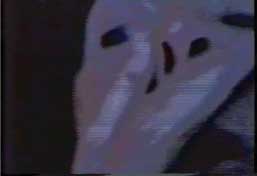 Deviant Bodies exhibition
Deviant Bodies exhibition
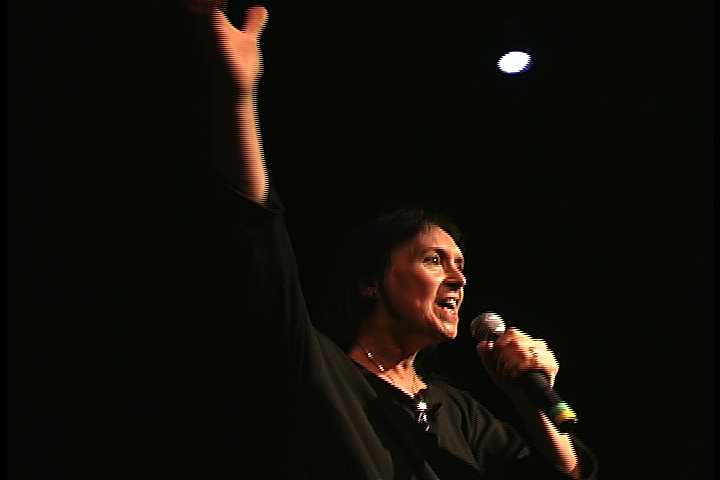 The
Neovagina Monologues onstage at EIU
The
Neovagina Monologues onstage at EIU
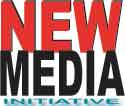 Five years later...the return of the repressed
Five years later...the return of the repressed
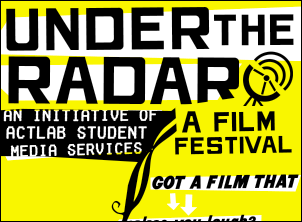 Those ACTLab TV madmen strike again!
Those ACTLab TV madmen strike again!
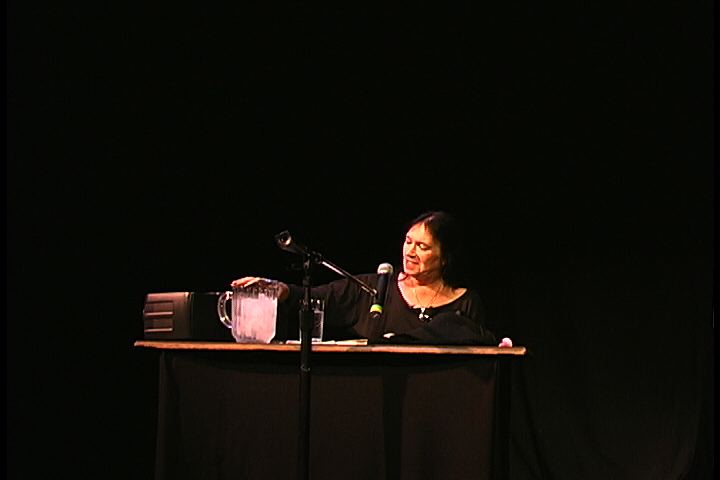 The
Neovagina Monologues onstage at Arizona State
The
Neovagina Monologues onstage at Arizona State
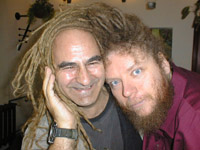 Pic: Stelarc & Jaron
Pic: Stelarc & Jaron

